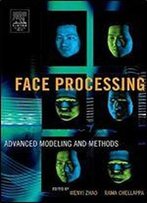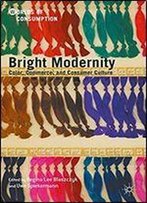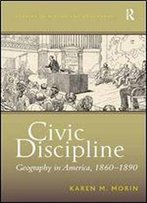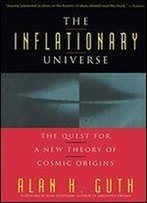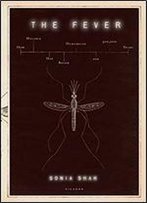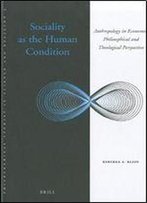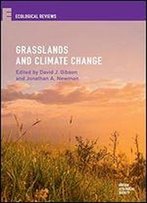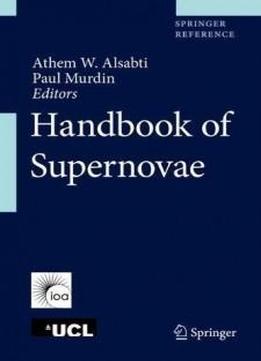
Handbook Of Supernovae
by Paul Murdin /
2017 / English / PDF
125.9 MB Download
This reference work gathers all of the latest research in the
supernova field areas to create a definitive source book on
supernovae, their remnants and related topics. It includes each
distinct subdiscipline, including stellar types, progenitors,
stellar evolution, nucleosynthesis of elements, supernova types,
neutron stars and pulsars, black holes, swept up interstellar
matter, cosmic rays, neutrinos from supernovae, supernova
observations in different wavelengths, interstellar molecules and
dust. While there is a great deal of primary and specialist
literature on supernovae, with a great many scientific groups
around the world focusing on the phenomenon and related
subdisciplines, nothing else presents an overall survey. This
handbook closes that gap at last. As a comprehensive and balanced
collection that presents the current state of knowledge in the
broad field of supernovae, this is to be used as a basis for
further work and study by graduate students, astronomers and
astrophysicists working in close/related disciplines, and
established groups.
This reference work gathers all of the latest research in the
supernova field areas to create a definitive source book on
supernovae, their remnants and related topics. It includes each
distinct subdiscipline, including stellar types, progenitors,
stellar evolution, nucleosynthesis of elements, supernova types,
neutron stars and pulsars, black holes, swept up interstellar
matter, cosmic rays, neutrinos from supernovae, supernova
observations in different wavelengths, interstellar molecules and
dust. While there is a great deal of primary and specialist
literature on supernovae, with a great many scientific groups
around the world focusing on the phenomenon and related
subdisciplines, nothing else presents an overall survey. This
handbook closes that gap at last. As a comprehensive and balanced
collection that presents the current state of knowledge in the
broad field of supernovae, this is to be used as a basis for
further work and study by graduate students, astronomers and
astrophysicists working in close/related disciplines, and
established groups.
